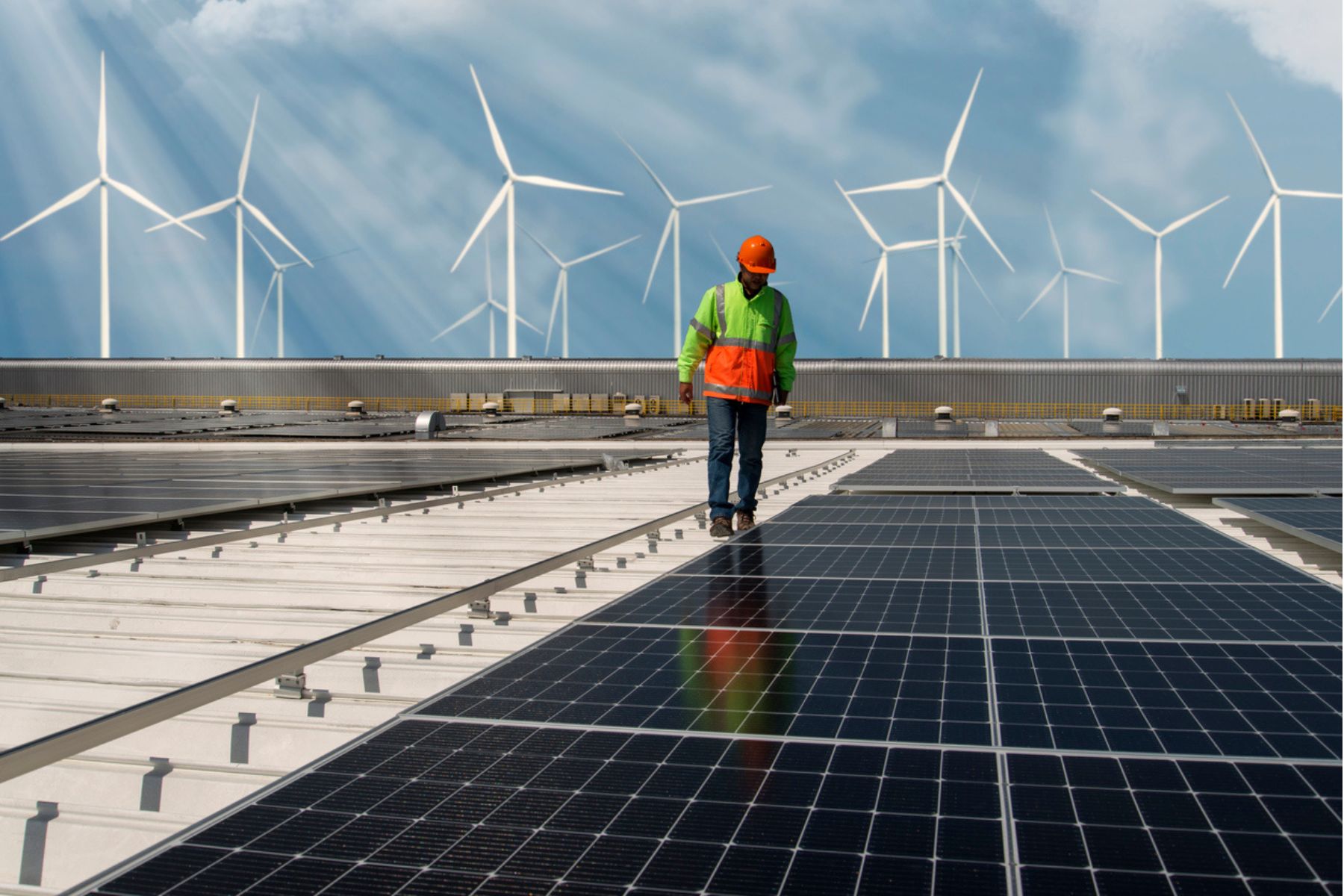Wind and solar can work together to enhance the reliability of electricity systems in Canada.
Expanding the supply of wind and solar across Canada is critical to reducing emissions from the electricity sector, supporting widespread electrification, and achieving Canada’s 2030 and 2050 targets. While critics often point to the variability and seasonal intermittency of wind and solar as a fundamental challenge to system reliability, this variability can be overcome, often with solutions that are already available.
As electricity systems increasingly rely on wind and solar to get cleaner and bigger, they will also need to get “smarter”—or more flexible. There are many solutions to support this flexibility as more variable renewable sources come online. These include deploying short- and long-term energy storage, expanding inter-provincial grid connections, and leaning on firm sources of clean power to enhance reliability. However another basic, though often overlooked solution, is to leverage the complementary power-producing patterns of wind and solar.
Figure 1 shows monthly electricity generation from wind and solar in Canada as well as in Ontario. The trends show that, at both the national level as well as within a provincial electricity grid, wind supplies more power in the winter months, and solar peaks in the summer months. Wind and solar are also complementary on an hourly basis. The Canadian Climate Institute’s Bigger, Cleaner, Smarter report shows wind and solar generation in Alberta over a ten-day period (Figure 12 in the report), with solar generation highest mid-day and wind generation highest at night. In other words, the wind often blows when the sun doesn’t shine.
Figure 1: Wind and solar complement one another, with wind generating more electricity in the winter months and solar generating more electricity in the summer months.
Regulators, utilities, and system operators can strategically leverage the complementary power of wind and solar to smooth out variability and enhance system reliability. This is especially true for provinces where solar and wind will play a major role in achieving net zero electricity–notably those without significant hydropower resources. In practical terms, this could mean co-locating solar and wind at the same site—known as hybrid systems—or across a diversity of sites in a single balancing area. Other solutions include improving the predictability of wind and solar with better forecasting, or connecting to neighbouring electricity grids with complementary generation profiles.
In addition to the obvious benefits of more clean—and cheaper—electricity, leveraging the complementary power of solar and wind can also reduce the need for other “smart” solutions like energy storage, which can in turn lower system costs. And, while some solutions to enhance system flexibility face technological or cost barriers, combining solar and wind power is a safe bet solution—one that can be implemented today.
Anna Kanduth was the Director of 440 Megatonnes at the Canadian Climate Institute.
